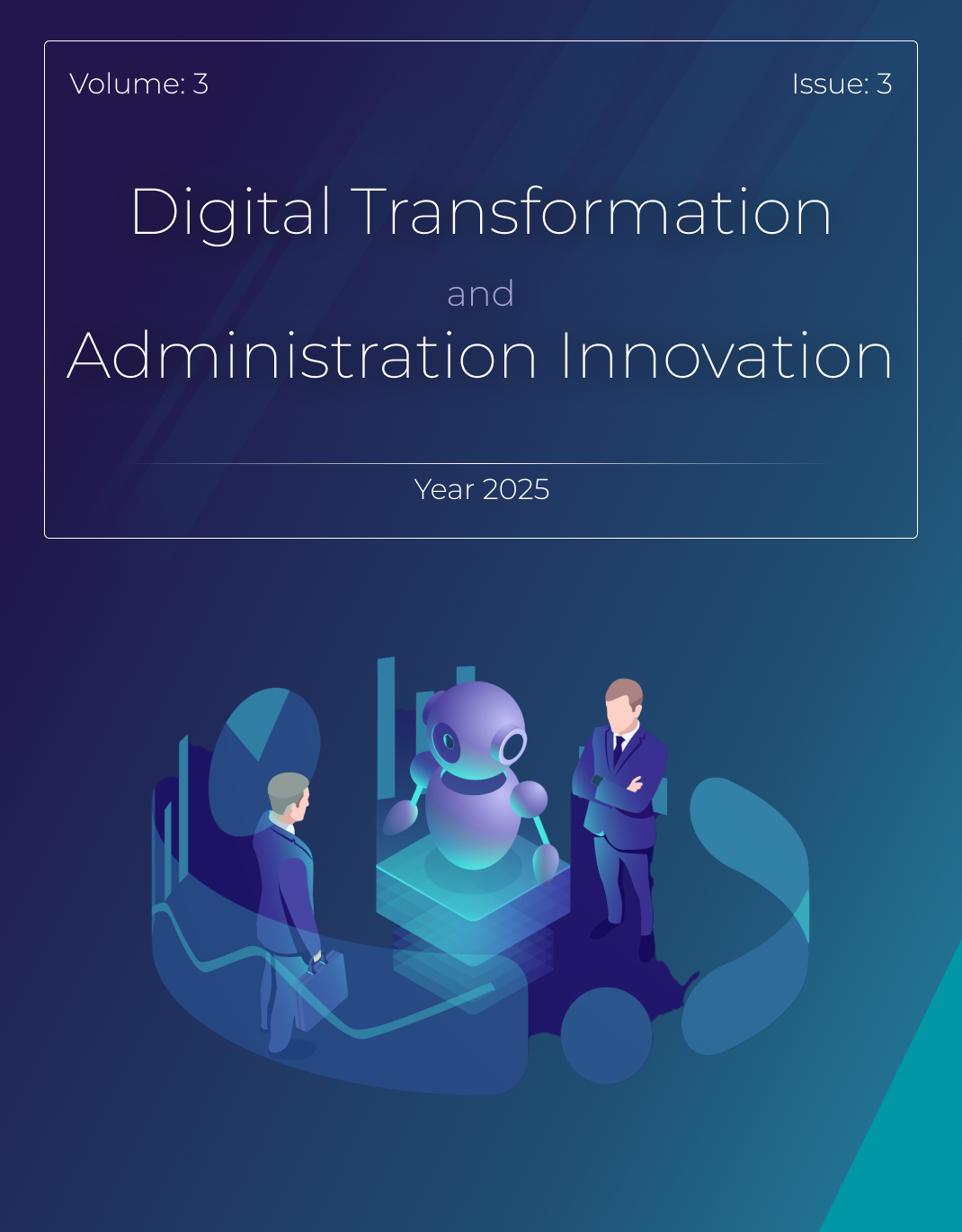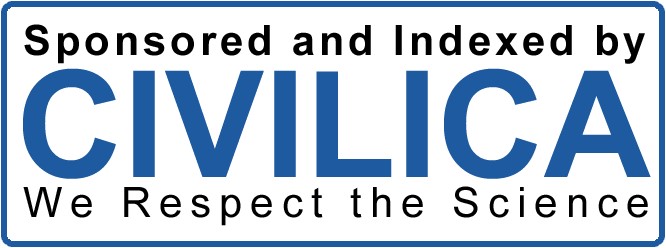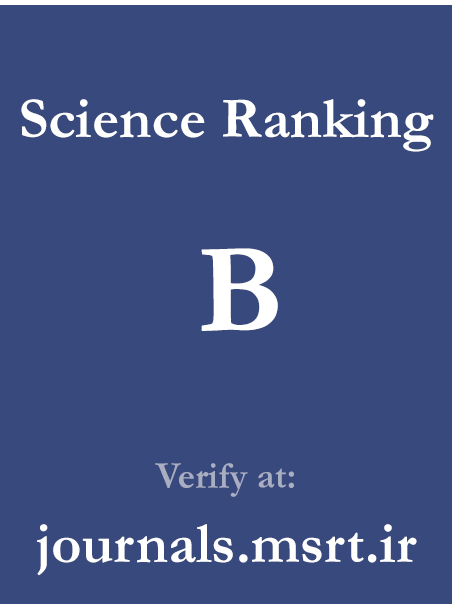A Narrative Review of the Role of Fan and Media Pressure in the Selection of Professional Football Head Coaches
Keywords:
Fan pressure, media influence, coaching decisions, football management, Iran Pro League, European football, narrative reviewAbstract
This study aims to examine how fan and media pressure influence the selection and dismissal of head coaches in professional football, comparing dynamics across Iranian and European leagues. This article adopts a scientific narrative review approach using a descriptive analysis method. Relevant literature from 2018 to 2025 was collected from peer-reviewed journals, sports management publications, media case reports, and official club communications. The study focuses on five thematic areas: theoretical frameworks of decision-making, mechanisms of fan influence, media framing and its consequences, historical case patterns in coaching changes, and a comparative analysis of Iranian and European contexts. Both qualitative and quantitative sources were synthesized to reveal underlying trends and contextual differences. The review highlights that fan pressure operates through channels such as stadium protests, social media campaigns, and supporter associations, often compelling clubs to act despite stable technical performance. Media pressure, driven by framing tactics and pundit narratives, shapes public and executive perceptions of coaching effectiveness. In both Iranian and European contexts, coaches increasingly face shortened tenures due to these external forces. However, institutional autonomy, media freedom, and the professionalism of club governance significantly mediate these pressures. In Europe, clubs manage external narratives through strategic frameworks, while Iranian clubs, embedded in politicized and less autonomous structures, respond more reactively to public and media sentiment. Fan and media pressure have become integral to football governance, transforming coaching decisions into public performances subject to emotional and symbolic scrutiny. Understanding these dynamics is crucial for clubs aiming to balance stakeholder expectations with long-term strategic planning. Comparative insights underline the need for culturally and institutionally sensitive approaches to managing external influence on coaching stability.
Downloads
References
Balasubramanian, S. (2023). Leveraging AI for Real-Time Data Analytics in Sports Entertainment. International Scientific Journal of Engineering and Management, 02(06), 1-7. https://doi.org/10.55041/isjem01228
Cleland, J., Pope, S., & Williams, J. (2020). “I Do Worry That Football Will Become Over-Feminized”: Ambiguities in Fan Reflections on the Gender Order in Men’s Professional Football in the United Kingdom. Sociology of Sport Journal, 37(4), 366-375. https://doi.org/10.1123/ssj.2019-0060
Gong, A.-D., & Huang, Y.-T. (2022). When Young Female Fans Were Producing Celebrities: The Influential Factors Related to Online Fan Engagement, Celebrity Worship, and Program Commitment in Idol-Nurturing Reality Shows. Frontiers in Communication, 7. https://doi.org/10.3389/fcomm.2022.931185
Huettermann, M., & Kunkel, T. (2022). The Influence of Non-Transactional Fan Engagement on Merchandise Consumption. Sport Marketing Quarterly, 31(1), 48-61. https://doi.org/10.32731/smq.311.0322.04
Jones, D. O., Osiobe, E. U., & Sofyan, D. (2022). The Role of a Performance Coach on Athlete's Loyalty: A Case Study of Youth Soccer Players in San Diego and Orange County. Indonesian Journal of Sport Management, 2(2), 99-122. https://doi.org/10.31949/ijsm.v2i2.2566
Khalfaoui, H., Amine, N. M., & Hassan, G. (2024). European Football Club Market Value and Sporting Performance: The Moderating Effect of Player Transfers, Fans Engagement and Coaching Changes. Managerial Finance. https://doi.org/10.1108/mf-05-2024-0363
Kiani, M. S., Nazari, L., & Shahbazpour, L. (2021). The Impact of Mass Media and Social Networks on How Fans Interact With Sports Libraries in the World. Malaysian Journal of Sport Science and Recreation, 17(1), 89. https://doi.org/10.24191/mjssr.v17i1.12727
Kırıkoğlu, N. (2023). Innovative Developments in Basketball: Utilization of Technology. https://doi.org/10.58830/ozgur.pub315.c1484
Kröckel, P., Piazza, A., & Wessel, P. (2022). Sports Marketing Innovation: Increasing Fan Engagement via Innovative Statistics From Facial Emotion Recognition. https://doi.org/10.4995/bmt2022.2022.15631
Kunanets, N., & Zhmurkevych, O. (2024). Information System for Data Processing in Sports Using the Random Forest Method. Computer Systems and Information Technologies(2), 27-37. https://doi.org/10.31891/csit-2024-2-4
Loughnane, C., Laiti, J., O’Donovan, R., & Dunne, P. J. (2025). Systematic Review Exploring Human, AI, and Hybrid Health Coaching in Digital Health Interventions: Trends, Engagement, and Lifestyle Outcomes. Frontiers in Digital Health, 7. https://doi.org/10.3389/fdgth.2025.1536416
Mahajan, K., Pal, A., & Desai, A. (2023). Revolutionizing Fan Engagement: Adopting Trends and Technologies in the Vibrant Indian Sports Landscape. International Journal of Management Thinking, 1(2), 116-135. https://doi.org/10.56868/ijmt.v1i2.35
Nyman, A., Ekonoja, A., Kärkkäinen, T., & Szeróvay, M. (2025). The Role of Video Technology in Football Coaching: An Integrative Review. International Sport Coaching Journal, 1-13. https://doi.org/10.1123/iscj.2024-0034
Oosten, E. B. V., McBride-Walker, S. M., & Taylor, S. N. (2019). Investing in What Matters: The Impact of Emotional and Social Competency Development and Executive Coaching on Leader Outcomes. Consulting Psychology Journal Practice and Research, 71(4), 249-269. https://doi.org/10.1037/cpb0000141
Peng, Q. (2025). Fans and Their Utterances in the Communications Circuit of Chinese Internet Literature. https://doi.org/10.5117/9789463725668_ch03
Poshtiban, K., Esfaninia, A., Nodehi, M., Ahmadi, M., & Shirazi, R. (2024). Examining the Impact of Supply Chain Quality Management on the Performance of Premier League Volleyball Clubs With the Mediating Role of Organizational Structure. Dmbaj, 3(3), 110-123. https://doi.org/10.61838/dmbaj.3.3.7
Prathap, M., & Raizada, S. (2020). Effectiveness of Social Media for Fan Engagement in Indian Football. Atmph, 23(17). https://doi.org/10.36295/asro.2020.231726
Rahmani, N., Nasab, M. N., Taheri, M. S., & Biniaz, S. A. (2024). The Future of Sports Industry: AI and Economic Transformations. Aitechbesosci, 2(4), 19-29. https://doi.org/10.61838/kman.aitech.2.4.3
Rogers, M., Din, C., & Werthner, P. (2025). “I Want to Change the Narrative of Women’s Basketball in Canada”: Examining a Women’s Semiprofessional Summer Basketball League Using LaVoi’s Ecological-Intersectional Model. Women in Sport and Physical Activity Journal, 33(1). https://doi.org/10.1123/wspaj.2024-0144
Shankar, J. (2024). Conceptual Framework: Measurement and Techniques for Successful Performance in Football Game. Shanlax International Journal of Arts Science and Humanities, 12(S1-i2-Oct), 94-101. https://doi.org/10.34293/sijash.v12is1-i2-oct.8424
Singh, R. R., & Sarangi, S. (2024). To Attract Viewers Based on Batting Strike Rate: An Analysis of Men’s International Twenty20 Cricket. Sport Business and Management an International Journal, 14(3), 425-442. https://doi.org/10.1108/sbm-07-2023-0092
Teng, Q., & Wang, X. (2020). More Is Less? The Curvilinear Impact of Coach Competency on Athlete Psychological Engagement. Social Behavior and Personality an International Journal, 48(4), 1-13. https://doi.org/10.2224/sbp.8730
Vollero, A., Sardanelli, D., & Manoli, A. E. (2024). Exploring the Influence of Football Fan Tokens on Engagement: A Study on Fans’ Meaning, Team Brand Identification, and Cocreation Mechanisms. Journal of Interactive Marketing. https://doi.org/10.1177/10949968241305642
Zhang, T. (2024). The Link Between Fan Engagement and Economic Performance of Professional Sports Teams. International Journal of Social Science and Economic Research, 09(09), 3601-3612. https://doi.org/10.46609/ijsser.2024.v09i09.026
Downloads
Published
Submitted
Revised
Accepted
Issue
Section
License
Copyright (c) 2025 Maryam Tavakoli (Author); Mahdi Naderinasab (Corresponding author); Sayed Abbas Biniaz (Author)

This work is licensed under a Creative Commons Attribution-NonCommercial 4.0 International License.







